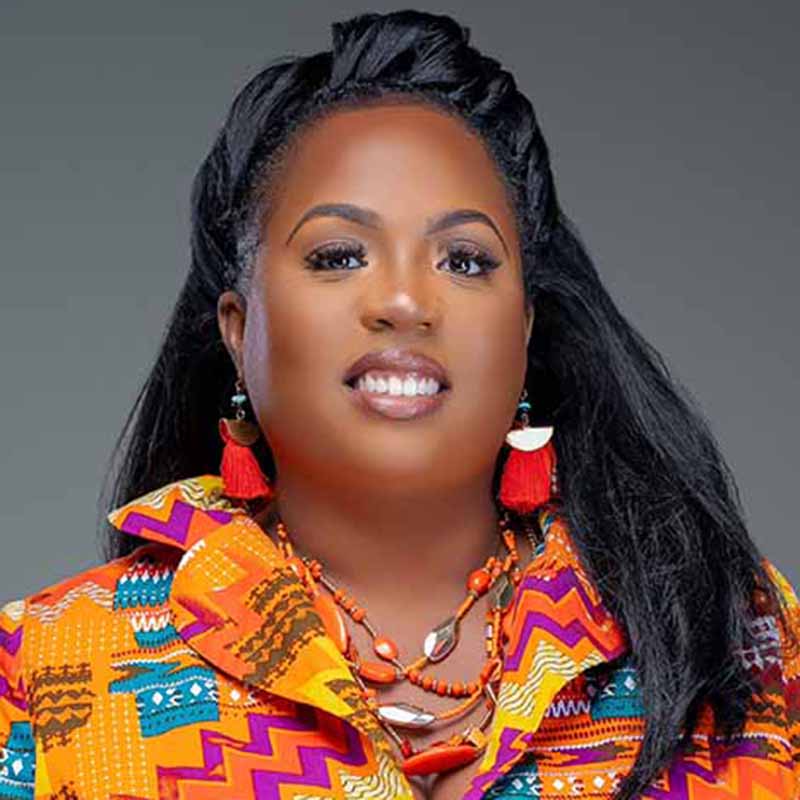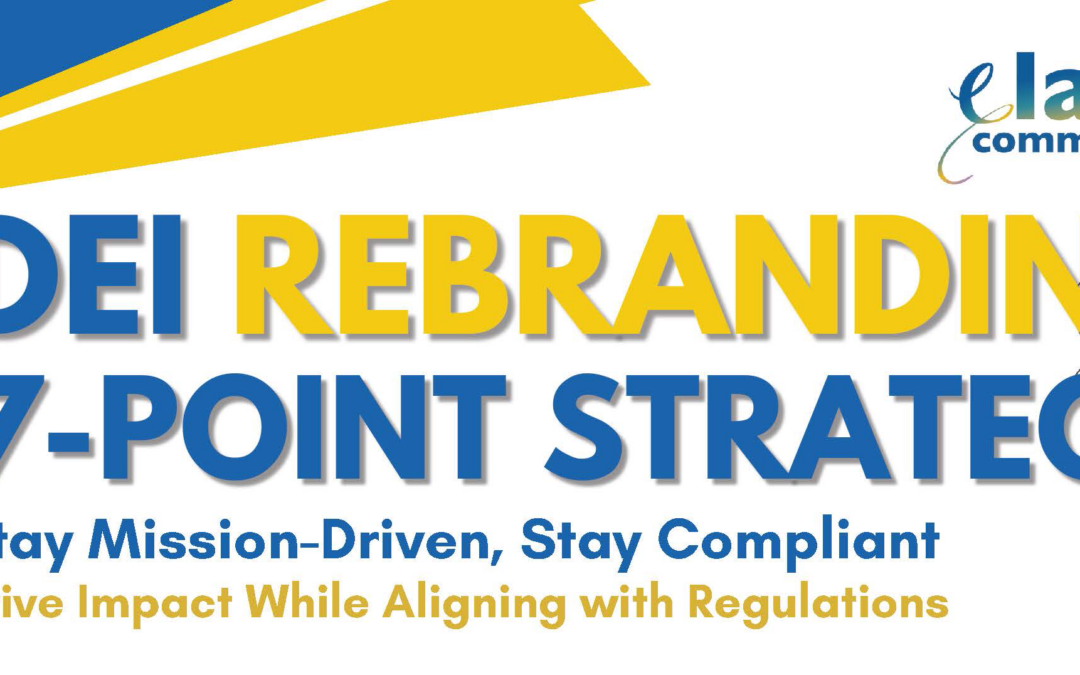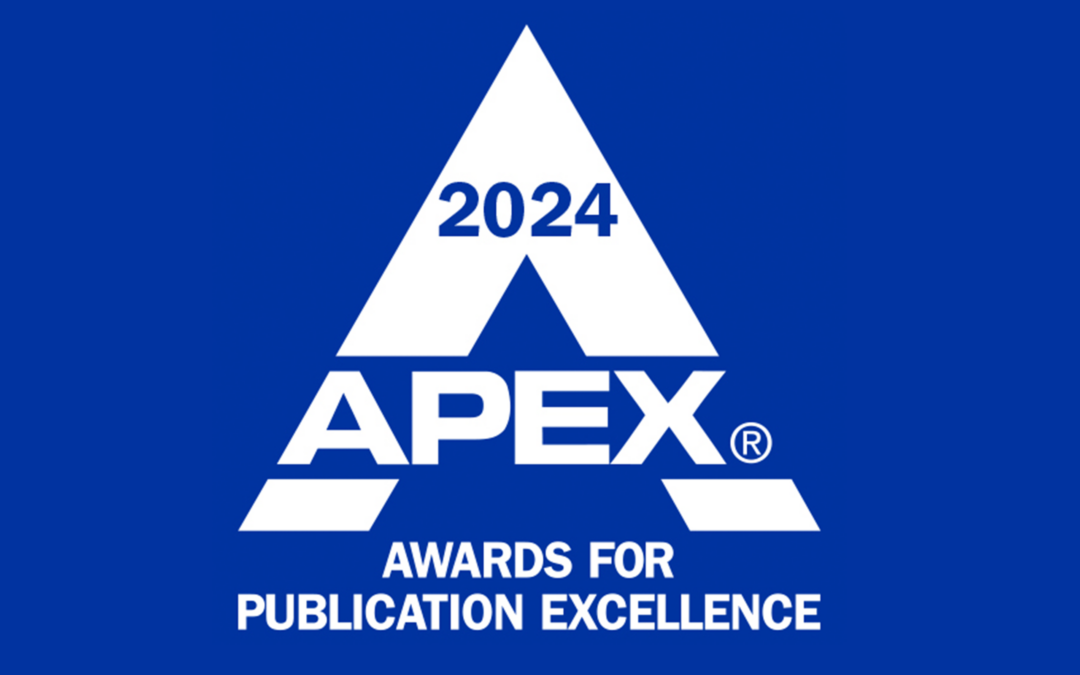Why Inclusive Communications Matter
Inclusive communications is not just a best practice; it is a necessity in today’s diverse world. By fostering equality, enhancing accessibility, building trust, broadening reach, driving innovation, strengthening community, and reflecting organizational values, inclusive communications creates a more just and connected society. Embrace inclusivity in your communications to ensure everyone’s voice is heard and valued, and to make a lasting, positive impact on your audience and community.
Inclusive communications is a must have. Inclusive communications recognizes people for who they are and their various backgrounds. It ensures everyone’s perspectives are respected, creates equal access, and is unbiased and nondiscriminatory. In an increasingly diverse and interconnected world, the ability to communicate inclusively is more important than ever. Inclusive communications ensures messages reach and resonate with a broad audience, fostering a sense of belonging and understanding. By acknowledging and valuing the diverse backgrounds, experiences, and perspectives of all individuals, inclusive communications promotes fairness, ensuring that everyone has an equal opportunity to be heard and understood, regardless of their background or identity, culture, language, or ability.
Authentic and inclusive messaging fosters trust and loyalty among your audience, resonating with a broader range of people and increasing your reach and influence. When people feel seen and heard, they are more likely to engage with your content and support your initiatives. Inclusive communications builds trust and engagement by showing you care about and respect your audience. When more people understand and connect with your message, the potential for positive change and impact grows exponentially.
One of the key aspects of inclusive communications is accessibility. This means ensuring that information is available and understandable to everyone, including people with disabilities. Use accessible formats such as text, audio, video, and Braille to cater to different needs. Avoid jargon and complex language, making content easier to understand for people with varying levels of literacy and language proficiency. And provide subtitles for videos and transcripts for audio content to accommodate people who are deaf or hard of hearing.
Inclusive communications is grounded in the principles of equality and respect and is vital to creating friendly, polite, and equitable environments. By being inclusive in your communications, you reach a wider audience and have a greater impact. Discover how to become an inclusive communicator by viewing Elation Communications’ new Inclusive Communications Framework, which offers key tenets for a common understanding and practical steps to create inclusive spaces. In this short video, I share quick tips on why inclusive communications matters, so take a few seconds to check it out!









